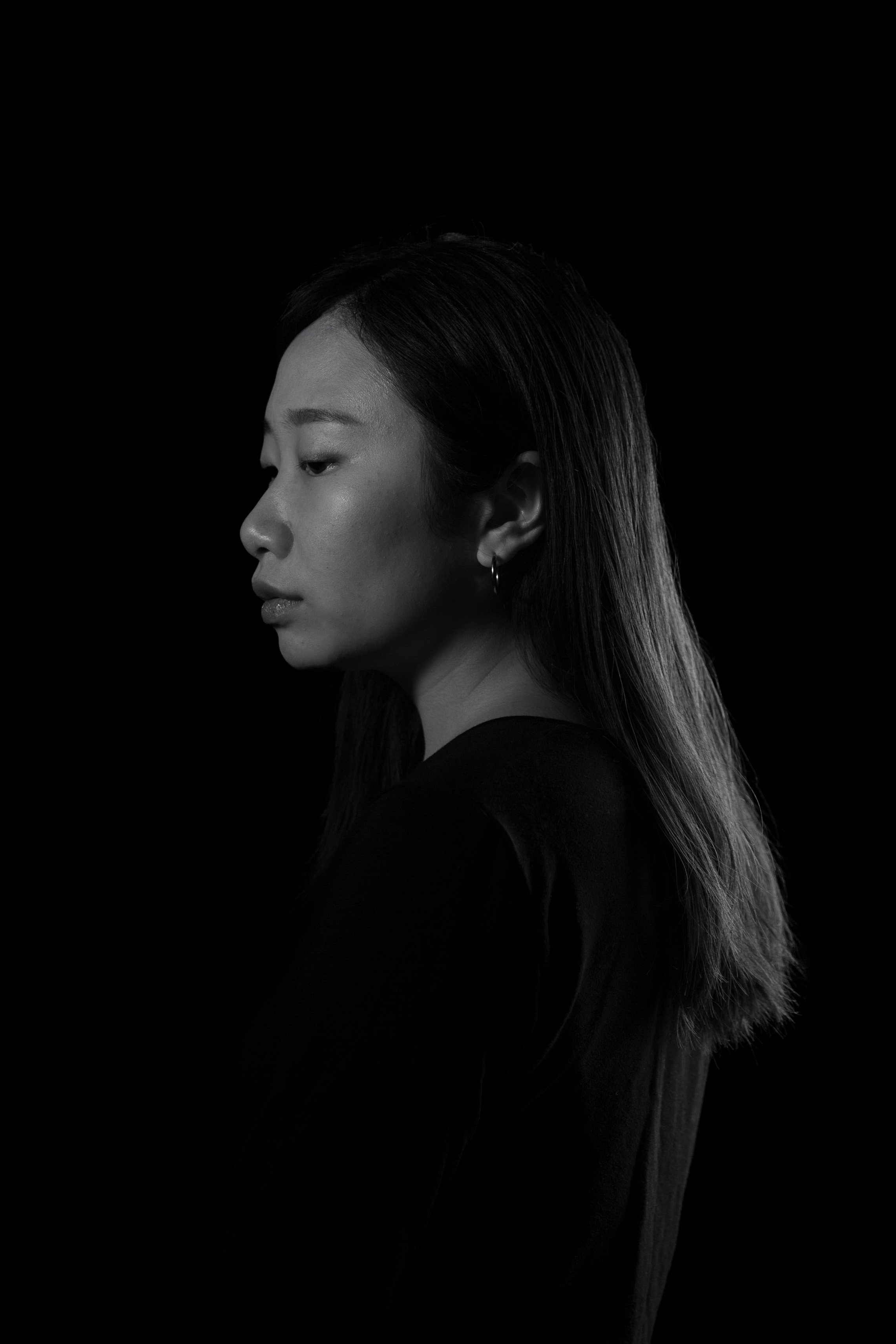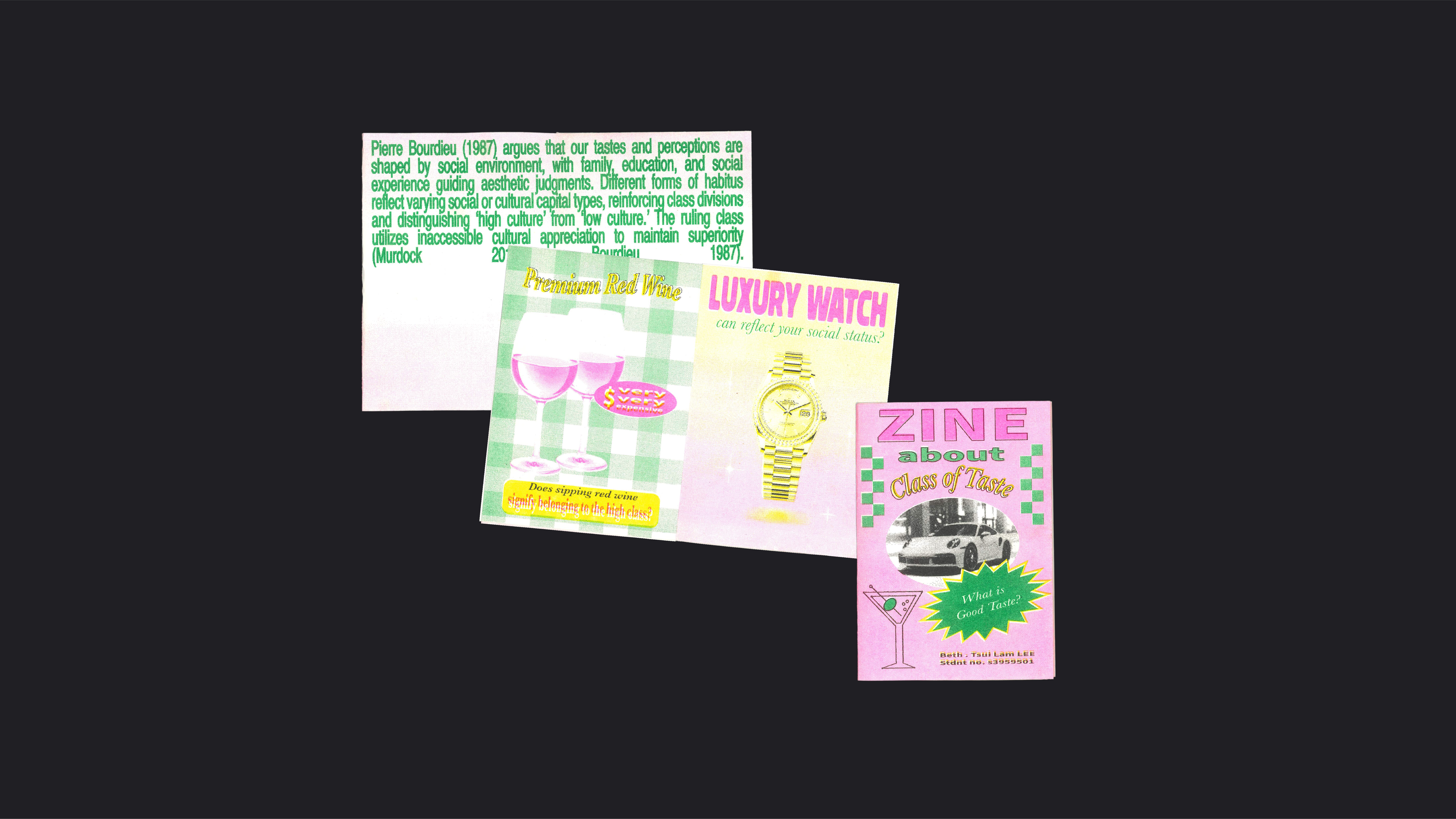Tsui Lam (Beth) Lee
ugly is more
How can the counterculture aesthetic of ‘New Ugly’ bring new possibilities for communication design?
Project Abstract
This design research project explores the New Ugly design aesthetic and its potential semiotic value in communication design, focusing on alternative methods. In the last decade, Asian designers have embraced New Ugly, characterised by clashing colours, distorted fonts, and chaotic layouts that evoke clumsiness or lack of skill. This research aims to provide a constructive analysis of New Ugly for fellow communication designers, researchers in the field of inquiry, and relevant creative industry professionals. The semiotics of New Ugly can potentially go against design homogeneity and expand the boundary of traditional disciplines. It may contribute to an alternative critical design practice and enrich the existing body of knowledge within the field. Using a Research through Design (RtD) methodology, the study employs semiotic design experiments across three phases, supported by case studies and theoretical literature. The findings aim to contribute to alternative critical design practices and enrich the current design discourse.
Q&A
Q: In 5 words or less, what is communication design research really like?
A: Confusion and spark
Q: Band name or song title that best captures your feeling about communication design.
A: Can’t stop
Q: How many hours a day do you spend thinking about or practising design?
A: 8
Q: Tea or coffee? Estimate number of litres you consumed in 2024 so far.
A: Coffee
Q: Weirdest typeface you have ever used?
A: Climate Crisis
Q: If communication design were a dish or meal, what would it be and why?
A: souffle, soft but you never know what is inside


Fig. 1 –
Zine making and water bill redesign experiment on examining how seriousness contrasts with New Ugly to create irony.

Fig. 2 –
A critical and speculative design experiment with a New Ugly design method experiment called 'very successful adult starter pack'.

Fig. 3 –
Collaborative post-branding design with cohorts with the New Ugly design method.





